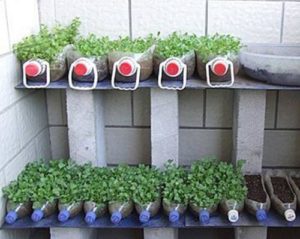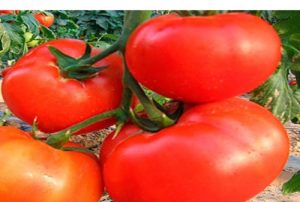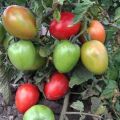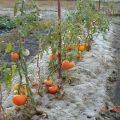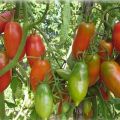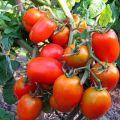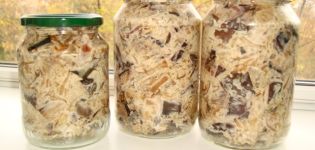Description and characteristics of tomato Snowman f1
Snowman tomatoes were bred by breeders relatively recently. The variety is disease resistant and produces a high yield. Feels great both in the greenhouse and when grown in the open field. Rich yields are possible even if the summer is rainy or dry. This will require the implementation of all recommendations.
The ripe crop has excellent taste and aesthetic qualities. In addition, this variety is early maturing. It was bred so that, already 80-85 days after germination, high-quality tomatoes could be sold on the market.
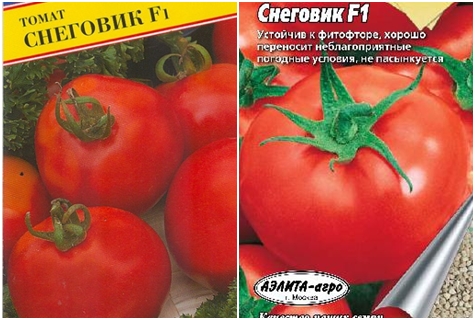
Description of the variety
Tomato Snowman f1 is a hybrid variety of the first generation. Provides gardeners with an early and large harvest.
General plant data
Depending on where the plant is planted, its bush will have different heights. In the open field, it reaches 70 cm, and in the closed field - 120.
Leaves of medium size, dark green, moderately covering the plant.
Fruit
The ripening of the "snowman" is characterized by the formation of brushes on average 5 tomatoes. By the time of full ripening, the fruits will have time to change color from light green to deep red. The shape of the vegetable is flat-round with a ribbed surface at the footrest. The tomato has an average size and weight up to 160 gr.
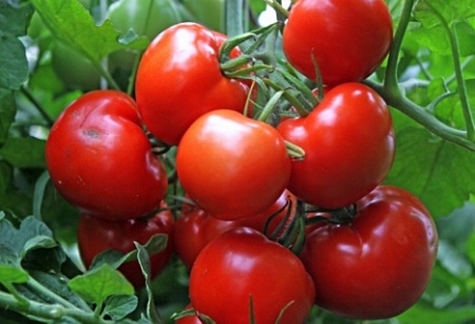
The pulp of the Snowman f1 variety is characterized by:
- Juicy;
- Moderate density;
- The thin skin has a glossy surface;
- Few seeds;
- Safe from cracking;
- Sweetish, deep taste.
Harvest
With proper care, the yield of tomato in shelters reaches 15 kg per m², in open ground - 9 kg per m². So from one plant there will be up to 5 kg of ripe tomatoes. For example, one tall Japanese truffle bush is capable of producing two to four kg of harvest. Therefore, the Snowman is rightfully called a high-yielding tomato species.
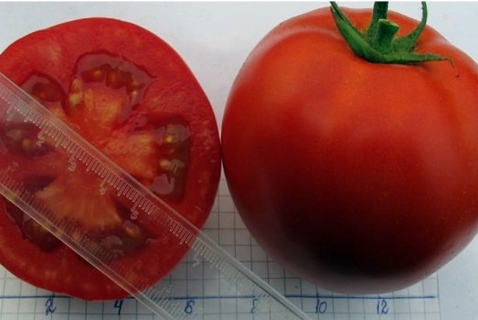
Using
The characteristic of a hybrid gives it versatility in use. Harvest is great for:
- Fresh consumption.
- Additions to salads.
- Use in soups and hot dishes.
- Juicing.
- Canning.
- Applications in sauces and purees.
Tip: To increase transportability, tomatoes are picked when they turn milky white. This will not prevent the tomatoes from ripening normally.
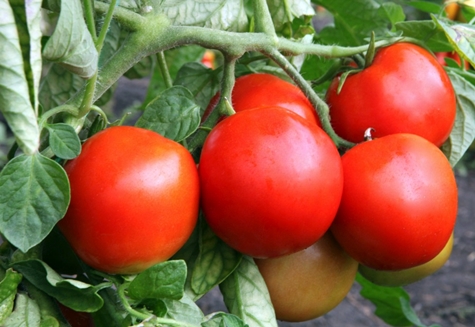
Growing features
To get a rich harvest, you need to know the basic recommendations for growing and care.
Seedling
It is necessary to sow tomato seeds Snowman 55-60 days before planting in the ground, after soaking the seed in a biostimulator. There is no need to disinfect the seeds; they are disinfected before selling.
For soil consistency, garden soil, peat fertilizer and the first layer of soil are useful. To begin with, mix garden and forest soil in a 1: 1 ratio. Further, peat is added to the prepared base in a ratio of 3: 1, respectively. When germinating, the seeds will need top dressing only after planting in the ground.
The sequence of actions when sowing seedlings:
- Half a peat cup is filled with a potting soil mixture.
- Make a dimple with your finger 1 cm deep.
- Three seeds are placed in the depression.
- Sprinkle the seeds with a little earthen mixture.
- Spray with warm water.
- The cups are covered with foil.

For the emergence of seedlings, you need an air temperature around 25 degrees. After germination, the seedlings should be placed in a bright place. As soon as the third leaf appears, a dive is performed. And add potting soil to the cups. From time to time, the soil in pots requires loosening and hilling.
When a month has passed, the seedlings begin to harden. The time spent outdoors in the first days is 15 minutes, every 2-3 days the time increases by 5 minutes. At the end of two months, the plant is ready for open field or greenhouse planting.
Priming
For planting tomatoes, light soil with organic fertilizers applied: manure, peat, humus, wood ash is suitable. This will avoid the need for chemical fertilizing. Loosen the soil before fertilizing.
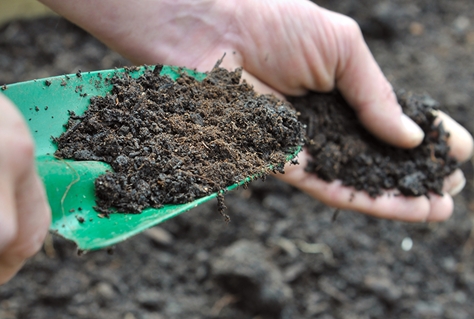
Landing in the ground and further care
Mid-May is a great time to plant tomatoes, by which time the risk of frost is minimal.
An average of 3 bushes are planted on 1 m² of soil. Watering is carried out after sunset
It is not necessary to graze this variety; only the lower leaves can be removed. This will facilitate the access of air to the plants. The soil requires regular loosening, and it will need to be fertilized 3-4 times per season (alternating with mineral and organic fertilizers is well suited).
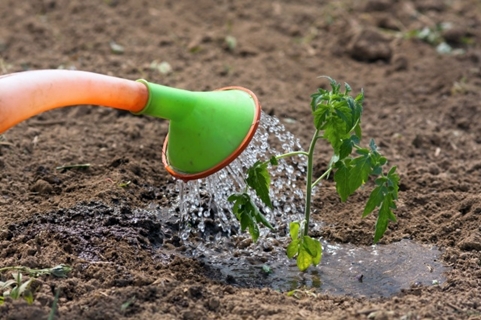
Diseases
The Snowman variety is resistant to painful lesions.
Fusarium does not threaten Snowmen because they are early maturing. By the beginning of the epidemic of this fungal disease, tomatoes have already matured.
Spraying a solution of ammonia or a decoction of celandine will help from pests. For the same purposes, industrial insecticides can be used.

Conclusion
Description of tomatoes Snowman f1 and reviews of gardeners perfectly illustrate the high achievements of breeders. These tomatoes are so fond of gardeners.
Novice gardeners will like it for its endurance, high yield and unpretentiousness.
